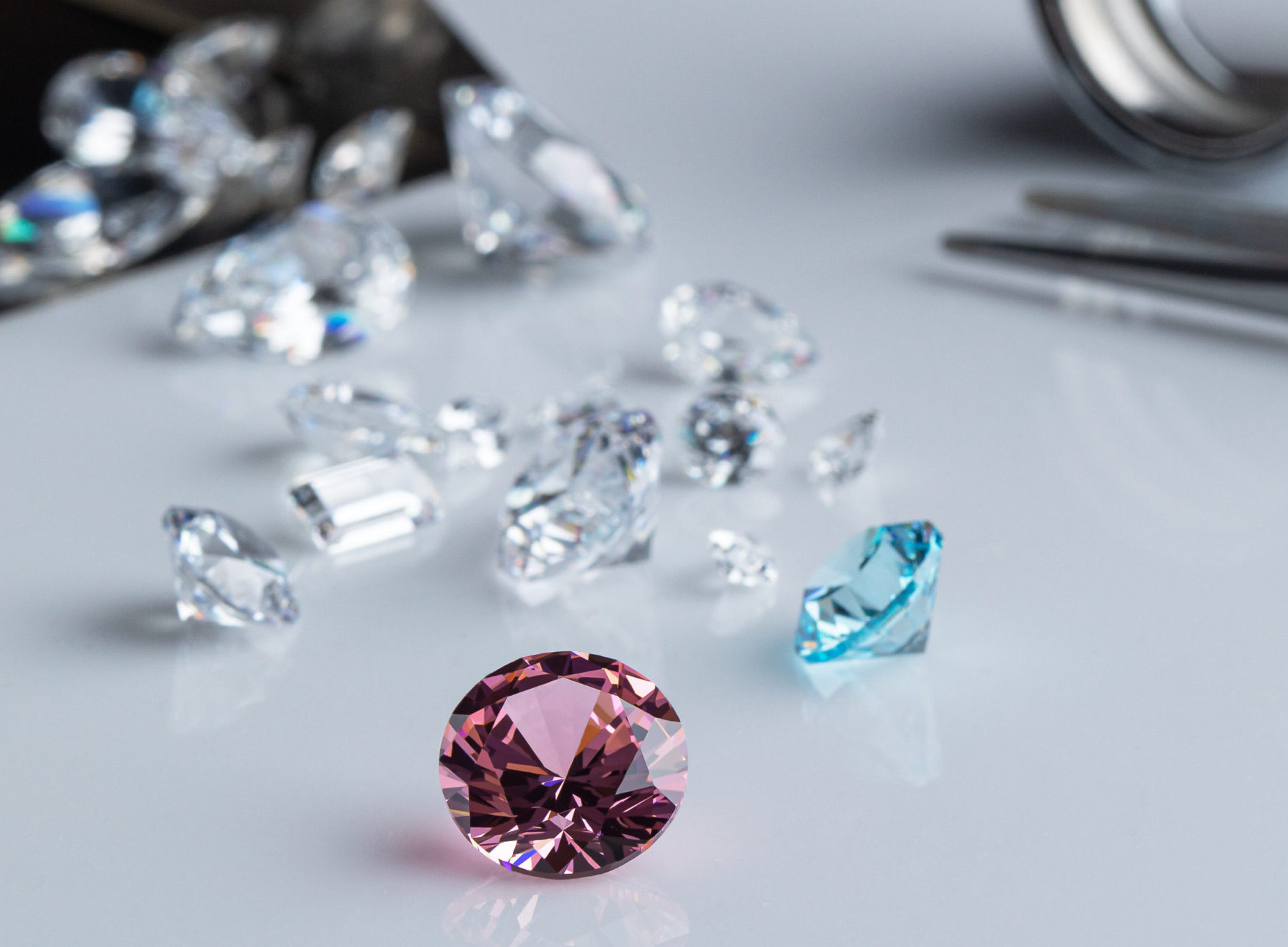In recent years, lab grown diamonds have surged in popularity, presenting a sustainable and ethical alternative to natural diamonds. As more consumers turn to these gems, the intricacies of designing the perfect lab-grown diamond ring have become a focal point for jewelers and buyers alike. Among the critical elements in ring design are the claws, also known as prongs, which play a pivotal role in both the aesthetic and functional aspects of diamond rings.
The Appeal of Lab-Grown Diamonds
Lab-grown diamonds are chemically, physically, and optically identical to their natural counterparts. Created in a controlled environment using advanced technological processes, these diamonds offer the brilliance and allure of mined diamonds without the environmental and ethical concerns associated with traditional diamond mining. This sustainable choice has captivated a new generation of consumers who value both quality and responsibility in their purchases.
The Importance of Claws in Diamond Rings
The claws of a diamond ring serve two primary purposes: securing the diamond in place and enhancing its visibility. These small metal projections grip the diamond, holding it securely within the setting while allowing maximum light to pass through the stone, thereby showcasing its brilliance. The design and arrangement of claws can significantly impact the overall appearance and durability of the ring.
Types of Claws in Lab-Grown Diamond Rings
The four-claw setting is a classic choice known for its minimalist elegance. It uses four prongs to hold the diamond, providing a balanced and symmetrical appearance. This setting allows a significant amount of light to reach the diamond, enhancing its sparkle. However, with fewer claws, the diamond may be more exposed to potential damage, making it essential to ensure the prongs are robust and well-crafted.
The six-claw setting offers increased security and is ideal for larger diamonds or for those who prefer a more traditional look. With two additional claws, this setting provides added protection against knocks and wear. The six-claw setting also distributes the diamond’s weight more evenly, reducing the pressure on each individual claw and minimizing the risk of the diamond becoming loose over time.
Double claws offer a refined option for those seeking extra security without compromising on style. This setting involves two prongs positioned closely together at each point, creating a visually distinctive design. Double claws are often used for larger or uniquely shaped diamonds, such as marquise or pear-cut stones, where additional support is needed.
Bezel set claws, while not a traditional claw setting, incorporate a metal rim that surrounds the diamond, providing full protection. This setting is often chosen for its modern, sleek appearance and for those seeking maximum security for their diamond. Although less light reaches the diamond compared to traditional claw settings, the bezel setting’s contemporary appeal makes it a popular choice for lab grown diamond rings claws.
Factors to Consider When Choosing Claws for Lab-Grown Diamond Rings
When selecting the claws for a lab-grown diamond ring, several factors should be considered to ensure the perfect balance between aesthetics and functionality.
The shape of the diamond often dictates the best claw setting. For instance, round diamonds typically pair well with both four- and six-claw settings, while fancy shapes like princess or emerald cuts may require additional claws or alternative settings like bezels.
The wearer’s lifestyle plays a crucial role in determining the appropriate setting. Those with an active lifestyle may prefer a six-claw or bezel setting for added security, whereas individuals seeking a more delicate appearance might opt for a four-claw setting.
The type of metal used for the claws can influence both the ring’s appearance and durability. Platinum is renowned for its strength and hypoallergenic properties, making it an excellent choice for prongs. White gold offers a similar look at a lower price point, though it may require periodic re-plating to maintain its appearance.
Regular maintenance is essential to ensure the longevity of the claws and the security of the diamond. Over time, claws can wear down or become loose, potentially jeopardizing the safety of the diamond. It is advisable to have the claws checked periodically by a professional jeweler to ensure they remain in optimal condition.
Conclusion: Crafting the Perfect Lab-Grown Diamond Ring
The claws of a lab-grown diamond ring are more than mere functional components; they are integral to the ring’s design, enhancing both the security and beauty of the diamond. Whether opting for the classic simplicity of a four-claw setting, the added security of a six-claw design, or the modern appeal of a bezel setting, understanding the role of claws can help buyers make informed decisions when selecting their perfect lab-grown diamond ring. As these ethical and stunning diamonds continue to gain favor, the craftsmanship of their settings, particularly the claws, will remain a defining element in the creation of exquisite and timeless jewelry.




